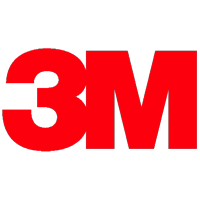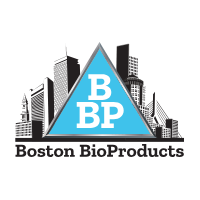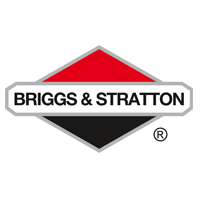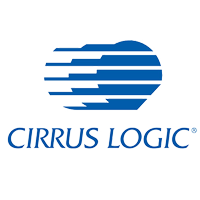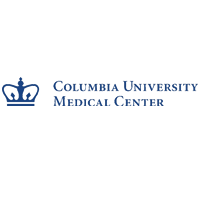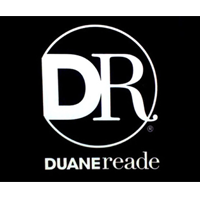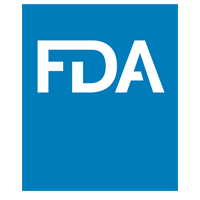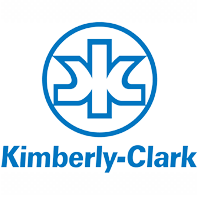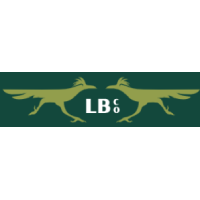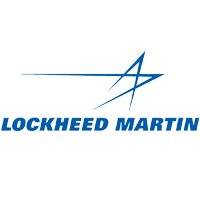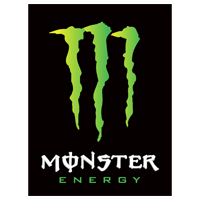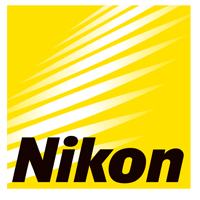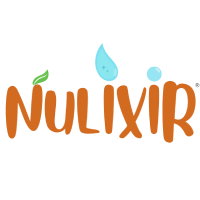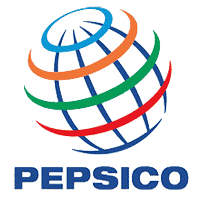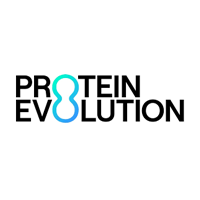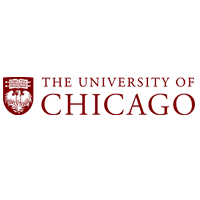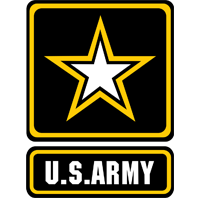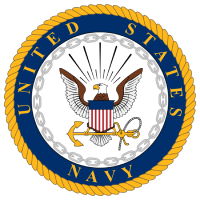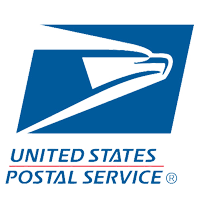Leading Supplier Across Industries
Lab Alley is the primary supplier of Ethanol, Isopropanol, Hydrogen Peroxide and other high quality chemicals at the best prices, always in stock, and in various sizes with fast shipping.
CBD/HEMP
In recent years, the hemp industry has experienced significant growth, which has increased the demand for hemp-derived products.
CBD/HEMP
In recent years, the hemp industry has experienced significant growth, which has increased the demand for hemp-derived products, particularly in the areas of health and wellness. Leading chemicals utilized within the hemp industry for extractions are Ethanol, Isopropyl Alcohol, Naphtha, Dichloromethane, n-Pentane, and sometimes Heptane.
SHOP NOWPERSONAL CARE/BEAUTY
Cosmetics and personal care artisans have specific criteria when inventing products.
PERSONAL CARE/BEAUTY
Cosmetics and personal care artisans have specific criteria when inventing products. Lab Alley empowers customers to choose premium organic, top quality chemicals you need. in a variety of sizes and quantities that meet industry standards so you continue growing your business.
SHOP NOWFOOD & BEVERAGE
Keep your food and beverage surfaces clean and safe with Lab Alley chemicals.
FOOD & BEVERAGE
Keep your food and beverage surfaces clean and safe with Lab Alley chemicals. Enhance flavor profiles with trustworthy ingredients. Our mission is to keep you well stocked so you can remain centered on revolutionizing food and continuing your success as purveyors in the food and beverage sector.
SHOP NOWR&D/LABORATORIES
We’re powering your mission as problem solvers and innovators in research, development, and testing to help millions of people thrive.
R&D/LABORATORIES
We’re powering your mission as problem solvers and innovators in research, development, and testing to help millions of people thrive, life safe, and work more efficiently. Choose essential chemicals and products that pass industry-specific purity standards safely and on time.
SHOP NOWPHARMACEUTICALS
We work with customers in the human and veterinary markets to help provide solutions by providing safe, non-toxic, and pure ingredients.
PHARMACEUTICALS
We work with customers in the human and veterinary markets to help provide solutions by providing safe, non-toxic, and pure ingredients for the discovery, development and manufacturing of drugs and medications.
SHOP NOWAbout Lab Alley
Lab Alley is the primary supplier of Ethanol, Isopropanol, Hydrogen Peroxide and other high quality chemicals at the best prices, always in stock, and in various sizes with fast shipping.

Our Commitment to Sustainability
At Lab Alley, we share in the collective responsibility towards protecting and restoring the health of our planet. That is why we have partnered with Ecodrive, an organization dedicated to the restoration and preservation of mangrove ecosystems. For every purchase made on our website, Ecodrive, will plant one mangrove tree in Kenya.
Receive Limited Offers, Promotions and Discounts on Products.
On-time, 24-hour Shipping Domestically With Our Autoship Program.
Volume Pricing Program.
Providing Superior Chemicals to 80,000+ Companies
Lab Alley is the answer to customers in need of the finest chemicals at the lowest prices, shipped on time every time. No matter your budget, Lab Alley ensures that customers' businesses continue to operate and be profitable.
Our Customers


